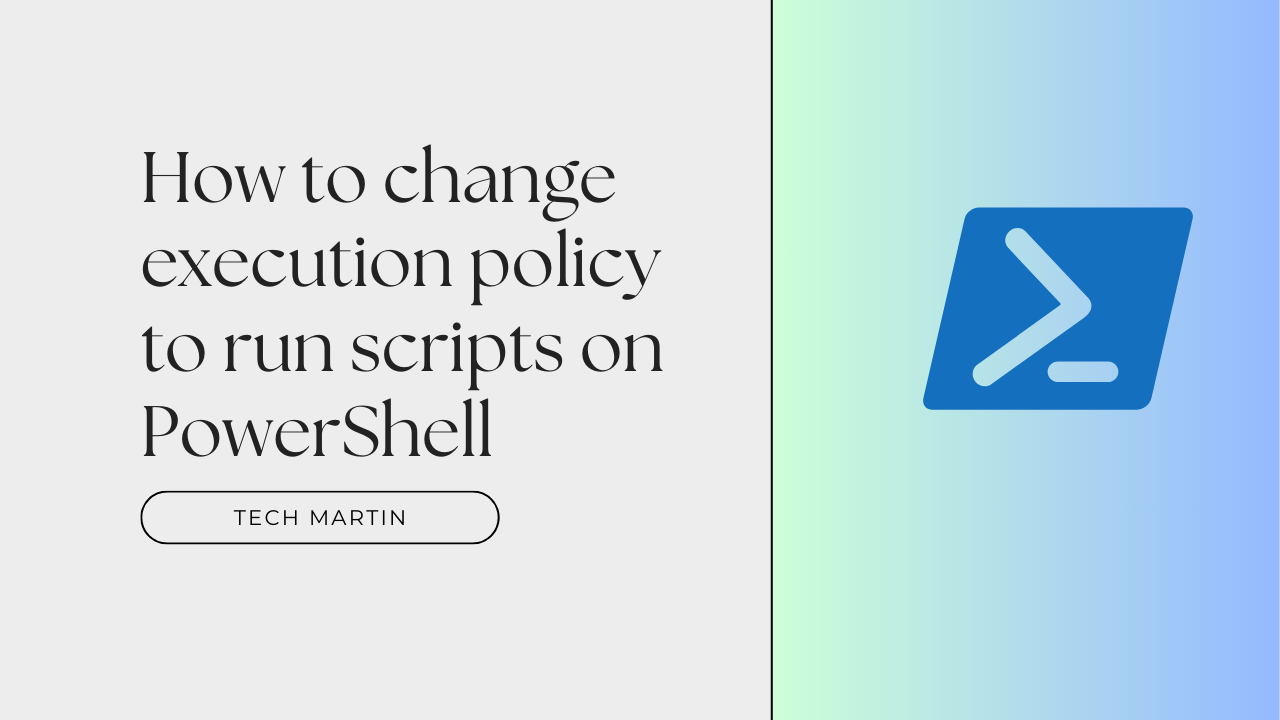
Shared RDP vs Admin RDP: What’s the Difference?
Let’s break down what each one means and how to choose the right type for your needs.
🔹 What Is Shared RDP?
Shared RDP (Remote Desktop Protocol) gives multiple users access to the same remote server, but with limited permissions.
It’s similar to having multiple accounts on a shared computer — everyone can log in, but users cannot change system settings, install software, or modify server configurations.
Shared RDP is mainly used for:
-
Running light applications (browsers, SEO tools, bots, etc.)
-
Performing everyday online tasks securely
-
Accessing high-speed internet from a different region
🧩 Key Features:
-
Multiple users share the same server
-
No administrator rights
-
Lower cost than Admin RDP
-
Suitable for non-technical or general tasks
🔹 What Is Admin RDP?
Admin RDP, on the other hand, gives full administrative access to the remote server.
With Admin RDP, you have the same privileges as if you owned the server — you can install/uninstall software, configure firewalls, manage users, and even reboot the system.
Admin RDP is typically used for:
-
Hosting websites, databases, or applications
-
System administration or IT management
-
Running custom scripts or server software
🧠 Key Features:
-
Full admin/root privileges
-
Only one or limited users (for security)
-
Higher cost due to dedicated resources
-
Ideal for professionals or developers
🔍 Shared RDP vs Admin RDP: Quick Comparison
| Feature | Shared RDP | Admin RDP |
|---|---|---|
| Access Level | Limited | Full Administrator |
| Users | Multiple (shared) | Single (dedicated) |
| Software Installation | Not Allowed | Allowed |
| Performance | Shared Resources | Dedicated Resources |
| Security | Lower (shared environment) | Higher (controlled access) |
| Cost | Budget-friendly | More Expensive |
🧭 Which One Should You Choose?
-
Choose Shared RDP if you only need a secure remote desktop for browsing, small tasks, or automation tools.
-
Choose Admin RDP if you need full control for development, hosting, or managing applications.
In short:
👉 Shared RDP = for use
👉 Admin RDP = for control
Shared RDP vs Admin RDP: What’s the Difference? (F.A.Q)
Can I install my own software on Shared RDP?
No, Shared RDP doesn’t allow installing or removing programs — you’ll need Admin RDP for that.
Is Shared RDP safe to use?
Yes, it’s secure for normal use, but since it’s shared, avoid storing sensitive data.
Can multiple users use Admin RDP?
It’s possible, but not recommended — it’s meant for a single administrator for better security.
Which one is faster?
Admin RDP generally performs better since it provides dedicated system resources.

